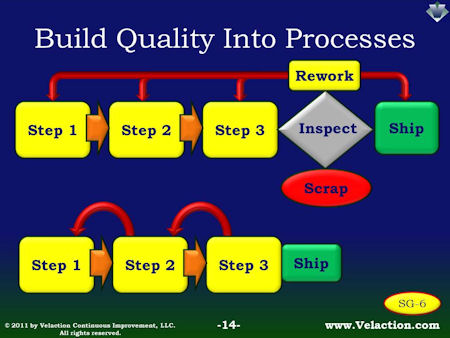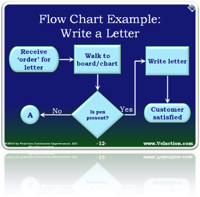Competition
Competition is the act of trying to get your needs met over the needs of someone else. It could be competing in sports (your need to win over their need), in a job hunt (you against the thousand other applicants). Or it could be in a marketplace (trying to fight it out of for the same pile of money). The nature of competition is adversarial, but it tends to help the consumer when it is Read more…



